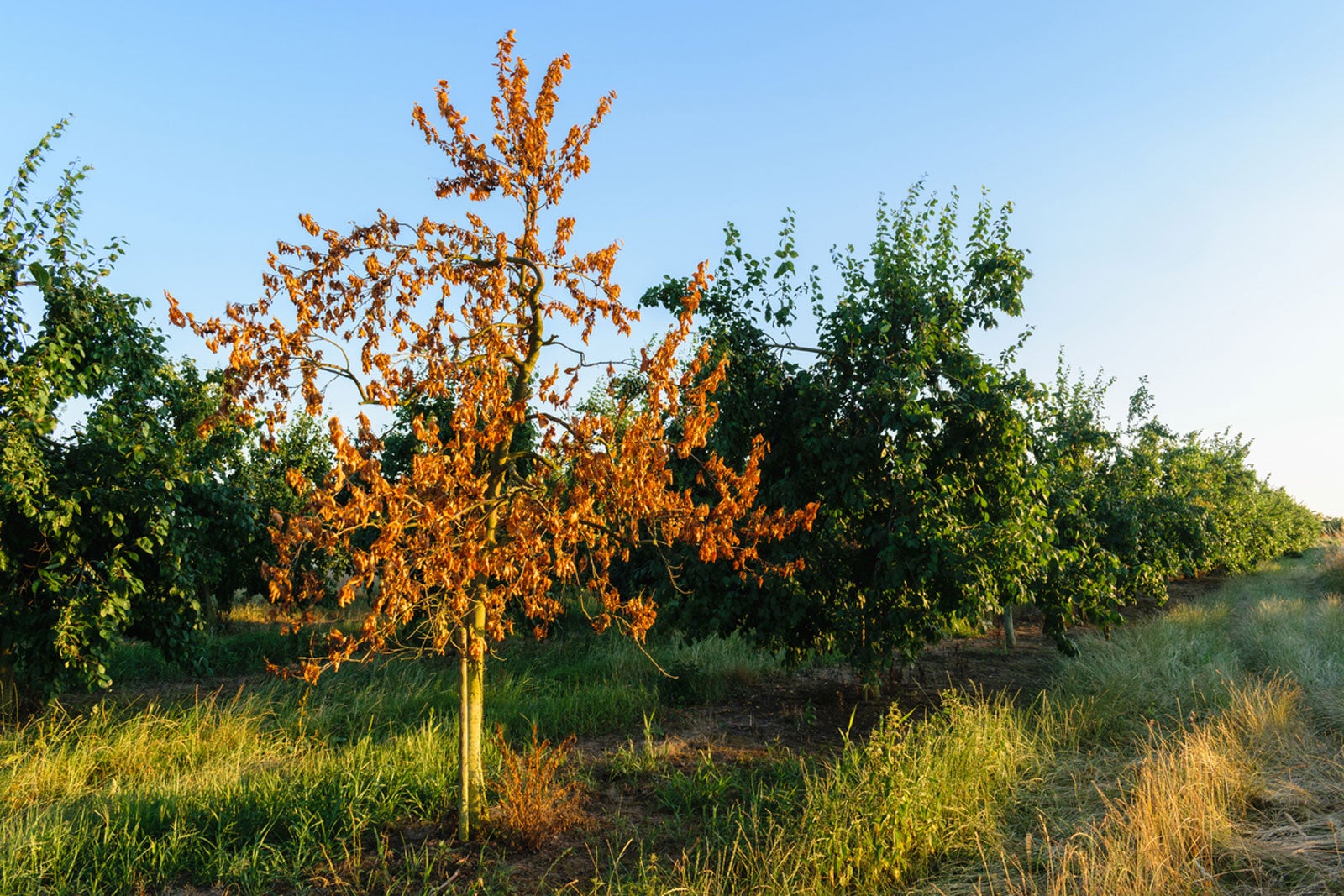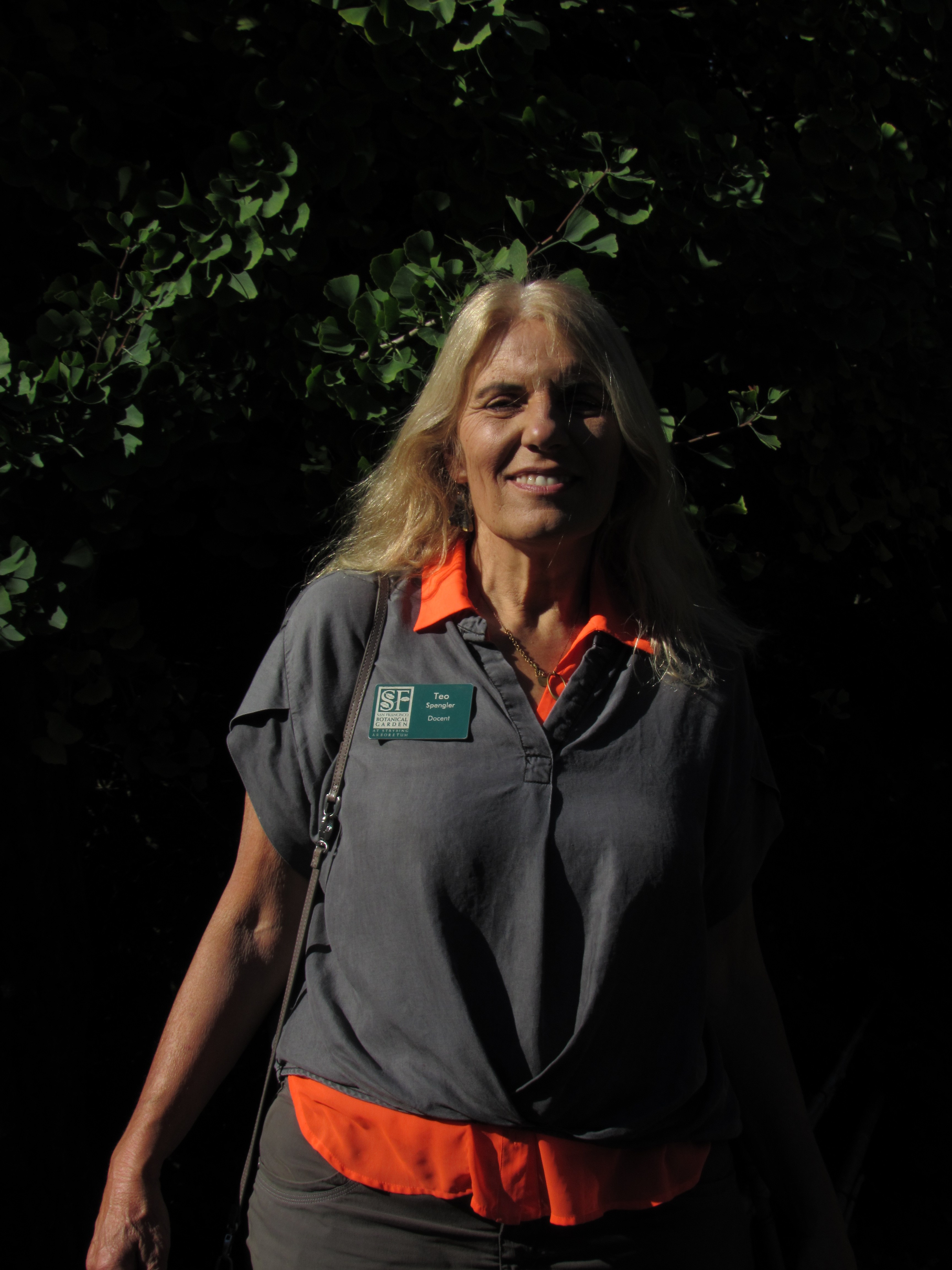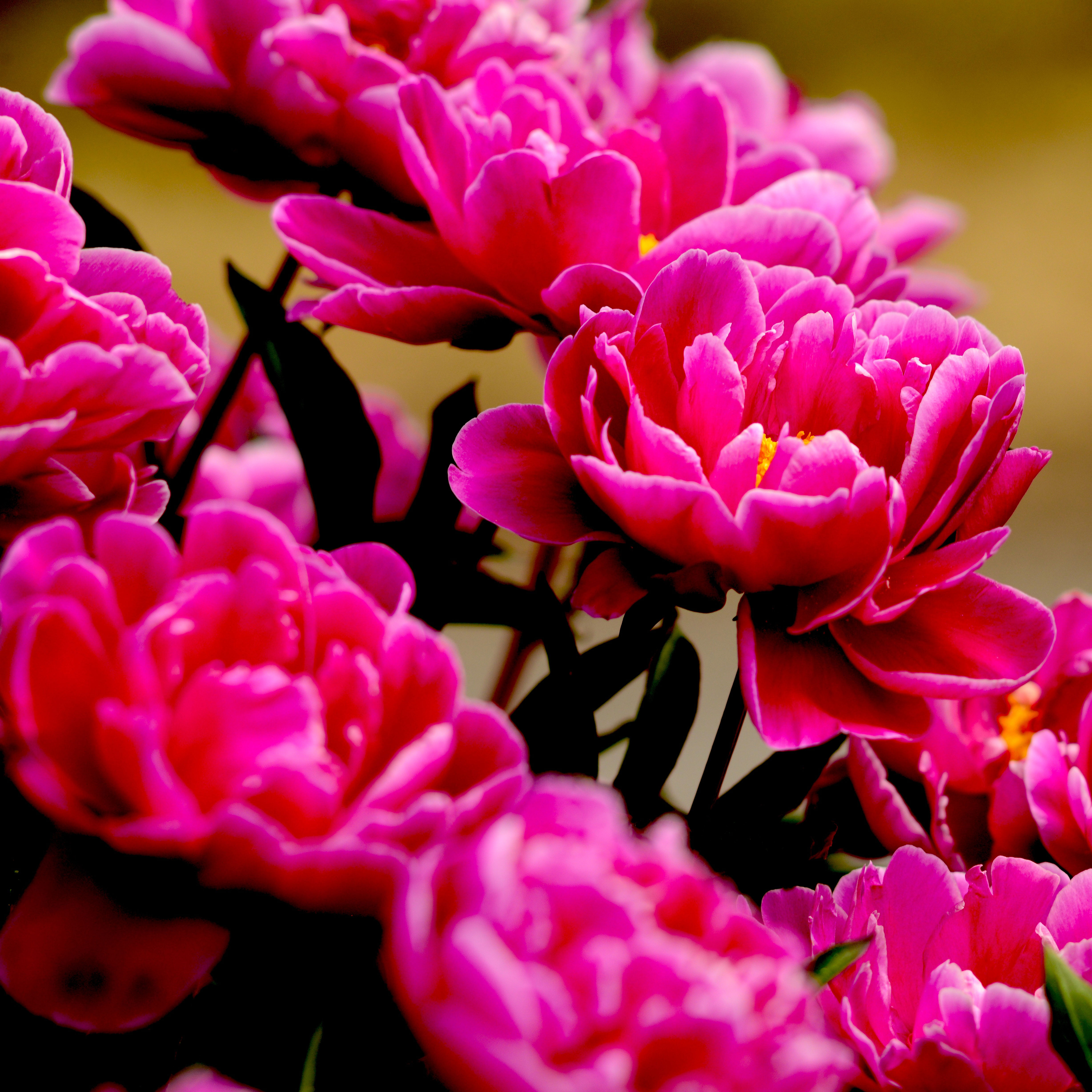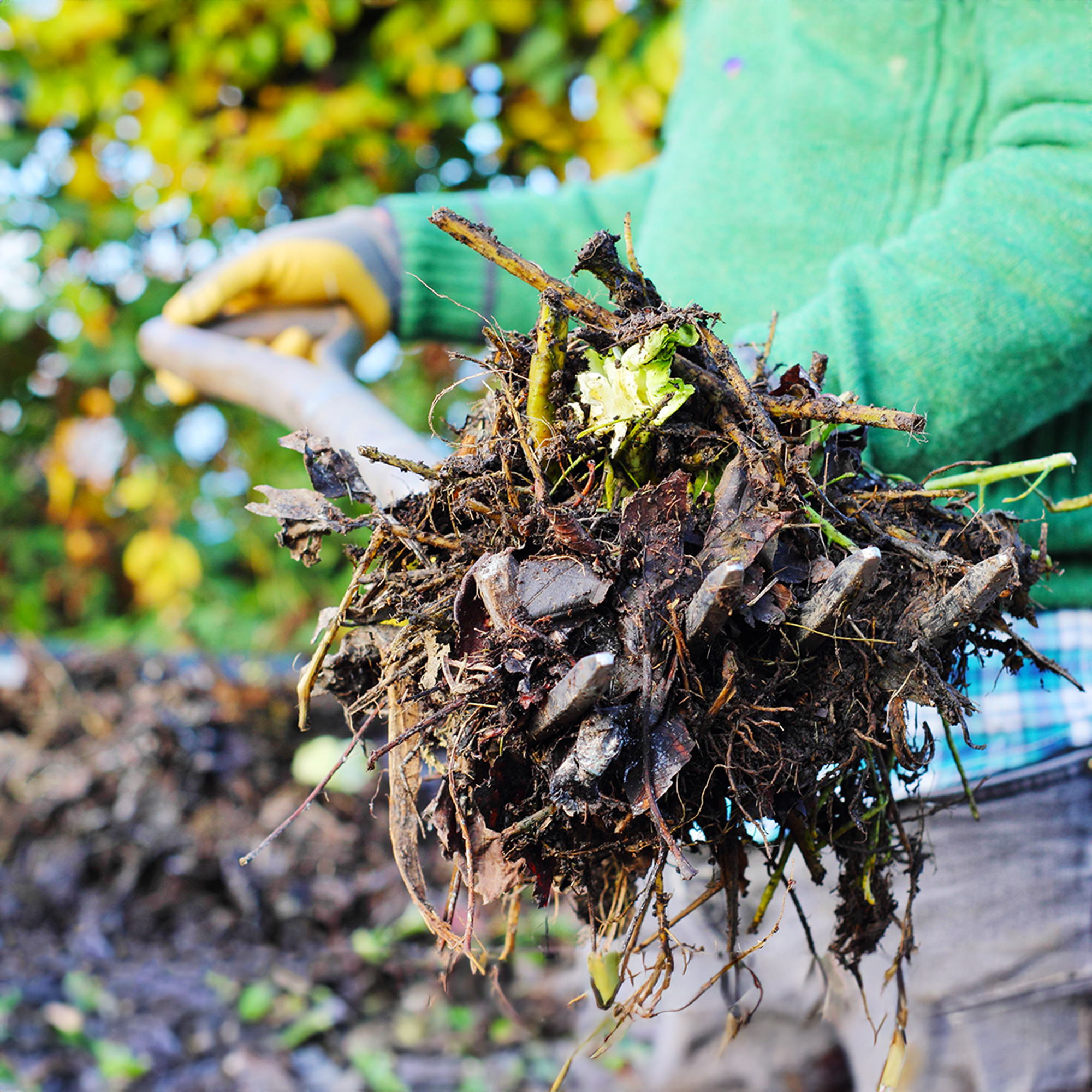Why Plants Don’t Grow – What To Do When Plants Won’t Establish


Whenever you move a plant, the plant is stressed. It remains stressed until it establishes itself in the new location. You hope to see the plant spread its roots into the surrounding soil and thrive. Yet, sometimes a plant won’t establish and, instead of thriving, declines. Read on for information on some of the reasons for establishment failure after transplant and what you can do to prevent it.
Why Plants Won’t Establish
Do your plants fail to establish? It’s always discouraging when a new plant you’ve installed in the garden doesn’t grow well. If you see leaves yellowing and falling or branch dieback, it is probably a case of establishment failure.
Plants fail to establish for many reasons, including diseases and pests. Generally, plants don’t grow after transplant because of missteps in planting or cultural care after planting. Too small a planting hole and improper irrigation are the leading issues.
Newly installed plants, both annuals and perennials, require adequate care and attention in order to develop and thrive in your garden. They must be situated in an appropriate location, planted correctly, and provided proper irrigation to thrive. When any of these factors are lacking, your plant won’t establish.
If you see a plant that appears to be ailing, losing leaves, or lacking vigor, it could be from a failure to establish.
Preventing Establishment Failure
If you understand why plants fail to establish, you can usually prevent this sad result. Before you transplant, be sure that a plant is appropriate for your hardiness zone and for the location. Some plants require full sun, others partial sun, and some prefer shade. If you get the hardiness or exposure wrong, the plant will not thrive.
A newly installed plant needs to be able to spread its roots into the soil of the new location. To make sure that is possible, prepare a large planting hole, loosening the soil on all sides. Loosen the plant roots as well if they are curled inside the pot. Then, position the plant in the hole at the correct depth, usually the same depth as in its prior pot or growing location.
Gardening tips, videos, info and more delivered right to your inbox!
Sign up for the Gardening Know How newsletter today and receive a free copy of our e-book "How to Grow Delicious Tomatoes".
Irrigation is very important for transplants and too little irrigation is a primary reason why plants don’t grow after transplant. You need to water the plant regularly in the days after transplant, often enough to keep the soil moist. Continue this practice for several months.
Take care if the soil is heavy like clay. In that case, too much water can rot the roots, so you’ll need to strike a balance.

Teo Spengler is a master gardener and a docent at the San Francisco Botanical Garden, where she hosts public tours. She has studied horticulture and written about nature, trees, plants, and gardening for more than two decades. Her extended family includes some 30 houseplants and hundreds of outdoor plants, including 250 trees, which are her main passion. Spengler currently splits her life between San Francisco and the French Basque Country, though she was raised in Alaska, giving her experience of gardening in a range of climates.
-
 Grow ‘Karl Rosenfield’ Peony Plants For The Ultimate Frilly Border Beauties And Cut Flowers
Grow ‘Karl Rosenfield’ Peony Plants For The Ultimate Frilly Border Beauties And Cut FlowersFor frilly double magenta peony petals infused with a heady fragrance, grow ‘Karl Rosenfield’ peony plants. Here’s how to cultivate the ultimate plushy blooms
By Tonya Barnett
-
 10 Common Composting Problems That Can Spoil Your Garden Gold – Plus Easy Fixes
10 Common Composting Problems That Can Spoil Your Garden Gold – Plus Easy FixesLearn how to troubleshoot common composting issues before they ruin your stash – from bad smells and bugs to materials not breaking down as they should.
By Susan Albert